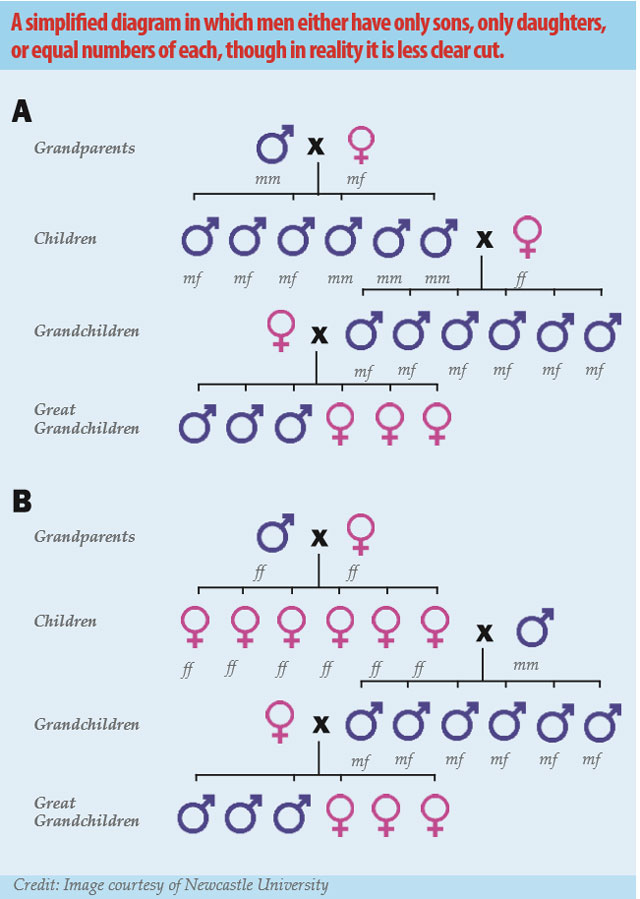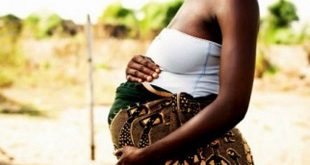
More boys born after the wars
In many of the countries that fought in the World Wars, there was a sudden increase in the number of boys born afterwards. The year after World War I ended, an extra two boys were born for every 100 girls in the UK, compared to the year before the war started. The gene, which Gellatly has described in his research, could explain why this happened.
As the odds were in favour of men with more sons seeing a son return from the war, those sons were more likely to father boys themselves because they inherited that tendency from their fathers. In contrast, men with more daughters may have lost their only sons in the war and those sons would have been more likely to father girls. This would explain why the men that survived the war were more likely to have male children, which resulted in the boy-baby boom.
In most countries, for as long as records have been kept, more boys than girls have been born. In the UK and US, for example, there are currently about 105 males born for every 100 females.
It is well-documented that more males die in childhood and before they are old enough to have children. So in the same way that the gene may cause more boys to be born after wars, it may also cause more boys to be born each year.
How does the gene work?
The graphic (used with this article) illustrates how the gene works. It is a simplified example, in which men either have only sons, only daughters, or equal numbers of each, though in reality it is less clear cut. It shows that although the gene has no effect in females, they also carry the gene and pass it to their children.
In the first family tree (A) the grandfather is mm, so all his children are male. He only passes on the m allele, so his children are more likely to have the mm combination of alleles themselves. As a result, those sons may also have only sons (as shown). The grandsons have the mf combination of alleles, because they inherited an m from their father and an f from their mother. As a result, they have an equal number of sons and daughters (the great grandchildren).
In the second tree (B) the grandfather is ff, so all his children are female, they have the ff combination of alleles because their father and mother were both ff. One of the female children has her own children with a male who has the mm combination of alleles. That male determines the sex of the children, so the grandchildren are all male. The grandsons have the mf combination of alleles, because they inherited an m from their father and f from their mother. As a result, they have an equal number of sons and daughters (the great-grandchildren).
 The Independent Uganda: You get the Truth we Pay the Price
The Independent Uganda: You get the Truth we Pay the Price



